
The majority of celestial bodies orbit the Sun, and the mass focuses primarily on eight planets with nearly circular orbits and closely spaced orbiting planes known as the zodiacal
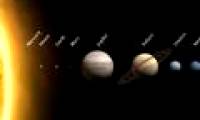
Since the discovery of Pluto in 1930, school-age children will learn about nine planets in our solar system.
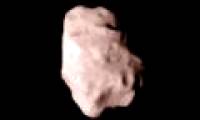
Asteroids, small planets are synonyms for a small group of celestial bodies floating in the solar system in orbit around the Sun.
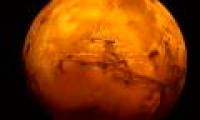
Although the space science has made many new advances, with the support of advanced technology, there are still mysteries that we cannot explain.
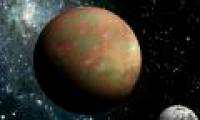
The spacecraft of the US Aeronautics Agency (NASA) approaches Pluto, opening hopes of ending the debate about whether or not to consider this a planet.

Ceres is the smallest dwarf planet known in the solar system that contains many shocking facts that astronomers love to explore.

After a decade of searching, astronomers have discovered the second dwarf planet with orbit far above Pluto, but has yet to explain why the planet is there.

When a star dies, its outer layers are gradually evaporated, leaving a hot nucleus called White dwarf - a celestial body created when stars are low and medium.

The first images of the asteroid vesta sent from the space probe Dawn were announced by the US Aviation Agency (NASA) on August 1.

Sedna's elliptical orbit about 150 to 150 billion kilometers from the Sun is still a mystery to astronomers.
 The majority of celestial bodies orbit the Sun, and the mass focuses primarily on eight planets with nearly circular orbits and closely spaced orbiting planes known as the zodiacal
The majority of celestial bodies orbit the Sun, and the mass focuses primarily on eight planets with nearly circular orbits and closely spaced orbiting planes known as the zodiacal Since the discovery of Pluto in 1930, school-age children will learn about nine planets in our solar system.
Since the discovery of Pluto in 1930, school-age children will learn about nine planets in our solar system. Asteroids, small planets are synonyms for a small group of celestial bodies floating in the solar system in orbit around the Sun.
Asteroids, small planets are synonyms for a small group of celestial bodies floating in the solar system in orbit around the Sun. Although the space science has made many new advances, with the support of advanced technology, there are still mysteries that we cannot explain.
Although the space science has made many new advances, with the support of advanced technology, there are still mysteries that we cannot explain. The spacecraft of the US Aeronautics Agency (NASA) approaches Pluto, opening hopes of ending the debate about whether or not to consider this a planet.
The spacecraft of the US Aeronautics Agency (NASA) approaches Pluto, opening hopes of ending the debate about whether or not to consider this a planet. Ceres is the smallest dwarf planet known in the solar system that contains many shocking facts that astronomers love to explore.
Ceres is the smallest dwarf planet known in the solar system that contains many shocking facts that astronomers love to explore. After a decade of searching, astronomers have discovered the second dwarf planet with orbit far above Pluto, but has yet to explain why the planet is there.
After a decade of searching, astronomers have discovered the second dwarf planet with orbit far above Pluto, but has yet to explain why the planet is there. When a star dies, its outer layers are gradually evaporated, leaving a hot nucleus called White dwarf - a celestial body created when stars are low and medium.
When a star dies, its outer layers are gradually evaporated, leaving a hot nucleus called White dwarf - a celestial body created when stars are low and medium. The first images of the asteroid vesta sent from the space probe Dawn were announced by the US Aviation Agency (NASA) on August 1.
The first images of the asteroid vesta sent from the space probe Dawn were announced by the US Aviation Agency (NASA) on August 1. Sedna's elliptical orbit about 150 to 150 billion kilometers from the Sun is still a mystery to astronomers.
Sedna's elliptical orbit about 150 to 150 billion kilometers from the Sun is still a mystery to astronomers.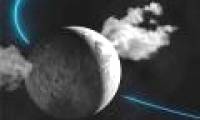




 NASA's 'Ninth Planet' Shows Signs of Being Friendly to Life
NASA's 'Ninth Planet' Shows Signs of Being Friendly to Life Why did American astronauts have to be quarantined when returning to Earth?
Why did American astronauts have to be quarantined when returning to Earth? China surprises the world by building a cable-stayed bridge 'above the clouds'
China surprises the world by building a cable-stayed bridge 'above the clouds' Why do women sleep less and wake up more than men?
Why do women sleep less and wake up more than men? Revealing the secret inside the stuffed animal claw machine, from there, summarizing experience to help you increase your winning rate many times over
Revealing the secret inside the stuffed animal claw machine, from there, summarizing experience to help you increase your winning rate many times over What would happen if you dug a hole through the Earth and jumped in?
What would happen if you dug a hole through the Earth and jumped in? Camera takes a photo that lasts 1,000 years
Camera takes a photo that lasts 1,000 years Was there nuclear war in ancient times?
Was there nuclear war in ancient times?